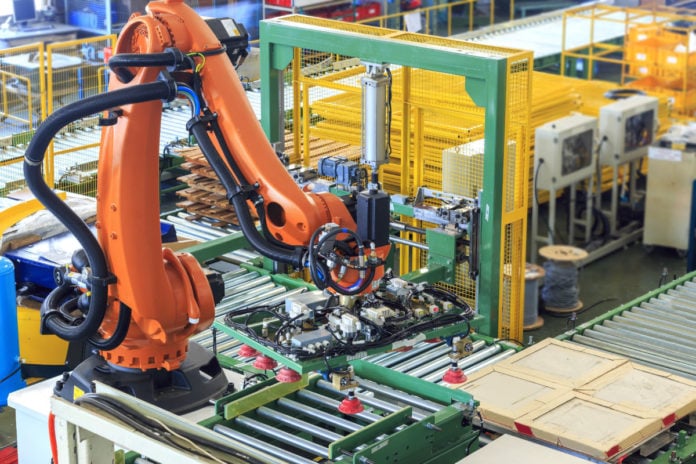The global pandemic has severely tested the ability and resilience of Philippine manufacturers. These days, a manufacturer’s ability to respond and adapt to unexpected marketplace changes becomes a key competitive differentiator.
A recent study by McKinsey & Company shows that organizations around the world are accelerating their digital transformation strategy by 3 to 4 years. Manufacturing companies are not exempt from this global megatrend.
“Philippine manufacturers can leverage Industry 4.0 technologies and the right level of cybersecurity systems in place to allow for remote management, enabling factory operators to continue adjusting processes, maintenance, and operational decisions with actionable insights, even when access to the physical facilities is restricted,” explained Tony Kang, business vice-president for secure power at Schneider Electric Philippines.
Manufacturing firms can develop agile and resilient supply chains by focusing on three key areas: open operations technology (OT), Industry 4.0-ready information technology (IT), and a solid ecosystem of partners.
1. Universal Automation through Open OT

Universal automation is the world of “plug and produce” automation software components, which are now possible by decoupling hardware from software to create portable and interoperable software-centric industrial automation systems that are capable of step-change improvements across the full operational lifecycle.
“This simply means that IT and OT convergence is optimized, setting the stage of self-configuring, self-healing, and fast-retooling systems that drive both engineering and operational speed and agility. Such an approach is effective where coordination and integration between disparate vendor systems emerge as a critical success factor for enabling rapid product deliveries,” said Kang.
2. IT Technology for Industry 4.0 Applications
Industrial edge computing, or pockets of computation power that are geographically dispersed, requires small footprint IT solutions that can collect data close to the source. These “micro data centers” can be remotely managed, especially when little or no on-site IT technical expertise is available.
“These systems enable operators to access new sources of critical process data with limited latency so that production lines can be optimized. This new infrastructure requires uptime protection, which can include uninterruptible power supplies to protect from power anomalies and enclosures to protect IT servers and storage from physical threats,” shared Kang.
Industrial edge computing is increasingly becoming a crucial factor in the post-pandemic resurgence of manufacturing operations. For facilities located in harsh environments or in areas with limited connectivity, industrial edge computing becomes more relevant and valuable as manufacturers look for robust and powerful solutions to address complex challenges.
3. Thriving with an Ecosystem of Partners
Only a few organizations can manage significant or step-change transitions on their own. The right partners are critical to achieving the promised Industry 4.0 benefits. Organizations that have built a global ecosystem of partners that includes both certified industrial automation systems integrators on the OT side, and managed service providers, distributors, and systems integrators on the IT side, have much to offer industrial operators in terms of connected and open platforms that enable resiliency and agility.
“Schneider Electric has cultivated relationships with global leaders in industrial automation software and also has the most respected global brands of IT computation, storage, and network equipment to help simplify industrial edge computing deployments. We’ve also worked hard to pre-configure complete solutions that are ready to implement, so industrial operators can have peace of mind that all the components will work together as intended. Our pre-configured reference designs can save up to 40% in field engineering costs, get systems to market 20% faster, and reduce maintenance costs by 7%,” explained Kang.
Ultimately, the re-emergence of Philippine manufacturing will rely on open, innovative, and collaborative solutions and partnerships to drive digital transformation and boost overall competitiveness.

